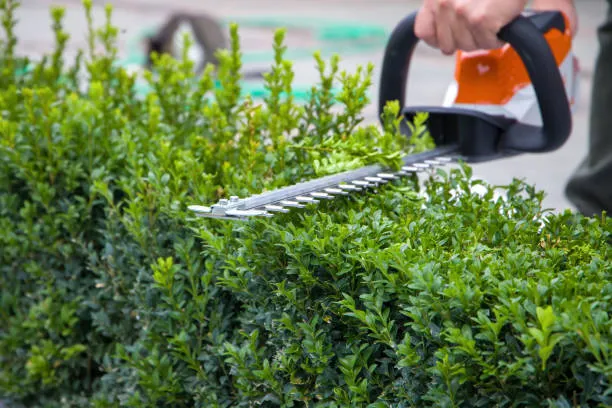
Edible Landscapes: Merging Aesthetics with Functionality in Your Outdoor Spaces Jul 14, 2025
Edible landscapes are gardens that integrate food-producing plants into a traditional ornamental garden design. This innovative approach combines fruits, vegetables, herbs, and edible flowers with decorative plants to create a cohesive and sustainable garden. The benefits of edible landscaping are manifold, offering both aesthetic and practical advantages.
Firstly, the aesthetic value of edible landscapes is undeniable. When designed thoughtfully, these gardens can be a feast for the eyes. Imagine the vibrant colors and textures of ripening tomatoes, kale, and basil intermingling with ornamental shrubs and flowers. The result is a dynamic space that changes with the seasons, offering year-round interest.
From a functional perspective, edible landscaping allows you to grow your own food. This means easy access to fresh, organic produce right in your backyard. Not only does this promote healthier eating habits, but it also reduces your carbon footprint by minimizing the need to transport food from farms to your table.
Moreover, edible landscapes support biodiversity and attract beneficial insects like bees and butterflies. By opting for a variety of plants, you provide habitats and food sources for these crucial pollinators. This natural balance creates a resilient garden ecosystem that is more resistant to pests and diseases.
Creating an edible landscape begins with careful planning. Start by assessing your available space and sunlight exposure, as these will influence plant selection. Consider incorporating raised beds, vertical gardens, or container gardening to maximize limited areas. Selecting the right mix of annual, perennial, and seasonal plants ensures that your garden remains productive and attractive throughout the year.
When choosing plants for your edible landscape, prioritize those suited to your climate and soil conditions. Opt for plants with complementary growing needs to prevent competition for resources. Herbs like rosemary, thyme, and lavender are excellent choices, as they are low-maintenance and produce fragrant foliage.
It's essential to balance aesthetics and practicality in your design. Blending tall and short plants can create depth and variety, while color and texture contribute to visual appeal. Use paths, trellises, and decorative features to define spaces and direct foot traffic.
Once your garden is established, regular maintenance will keep it thriving. Pruning, weeding, and mulching are crucial tasks that encourage growth and prevent invasive species from taking over. Integrate sustainable practices like composting to enrich the soil, and utilize organic pest control methods to protect your plants.
In conclusion, edible landscapes offer an innovative way to enhance your outdoor spaces by marrying functionality with aesthetics. With Mulch & Dig’s expertise, you can transform your garden into a productive paradise that supports both your family and the environment. Whether you're looking to embark on a new gardening adventure or optimize your current space, now is the perfect time to embrace the benefits of edible landscaping.
Partner with Mulch & Dig to start creating an edible landscape that reflects your unique style and needs, ensuring a beautiful, bountiful yard for years to come.
/filters:no_upscale()/filters:format(webp)/media/04b103c8-1928-4603-af4f-cd9adb632f94.webp)
/filters:no_upscale()/filters:format(webp)/media/31f8ab00-9501-4f07-a64c-b005a3bba0f1.jpeg)